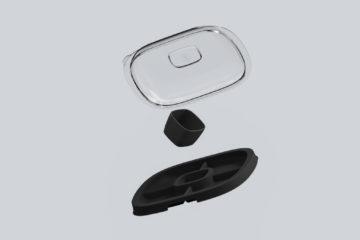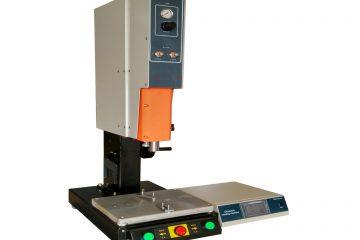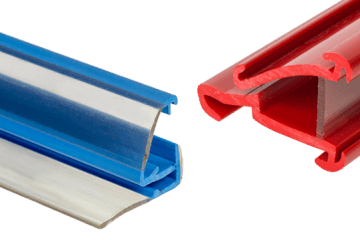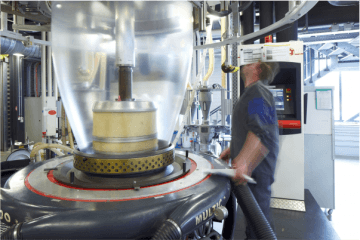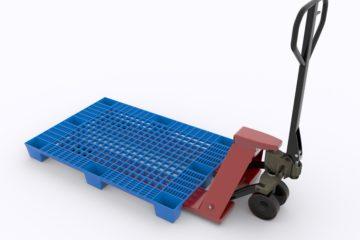
Polyoxymethylene (POM), usually referred to as Acetal, is a widely used engineering plastic. Its primary claim to fame is its use in mechanical parts. If it has to bear a load, like a gear, a handle, a zipper or the foot on a piece of furniture, then Acetal is it the material of choice.
As is typically with engineering plastics, branding has proven very important. Many people may be aware of product names such as Delrin, Hostaform or Ramtal. These are commercial names for different suppliers versions of Acetal. Although each is specialized to do different tasks, all Acetal formulations share the same group of physical properties.
The big ones are dimensional stability (meaning it does not expand or contact with eternal heat changes), high tensile strength, heat/abrasion resistance and low friction. Taken together they make for a part that handles doing harsh, exact physical work very well. As side benefits, Acetal also does not absorb water and is resistant to chemical attach from hydrocarbons, particularly fuels. Acetal can also take on almost the full spectrum of colors during moulding.
Acetal is white when first produced, and is a semi-crystalline material. Because of this it cannot be ultrasonically welded, and is difficult to glue and paint. It is favored as a machining plastic, and is sometimes called rust free steel for its ability to take on jobs that traditionally would have required metals. This includes things like gear wheels and high stress clips and fasteners, in addition to more mundane uses lice chair and caps and wear plates.
Acetal was first described by German chemist Hermann Staudinger in the early 1920’s. At the time polymers were poorly understood, and the material Staudinger synthesized was not capable of being industrially processed. World War 2 resulted in a massive increase in the use of plastics as an alternative to valuable steel and hard to acquire wood, and as a result of work done during the war the DuPont chemical company successfully began polymerizing a more useful molecular weight of Acetal in 1952. Steady work on process improvements led to an application for a patent in 1956, and by 1960 full production was underway.
Subscribe to Our Newsletter
Get the latest news from Dienamics into your inbox





